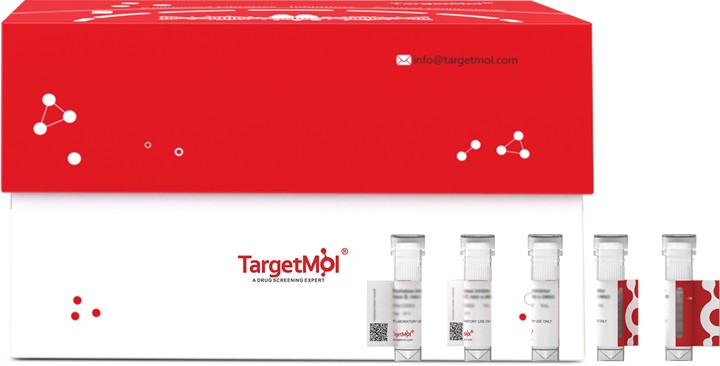Shopping Cart
- Remove All
 Your shopping cart is currently empty
Your shopping cart is currently empty

MSRB3 Protein, Human, Recombinant (E. coli, His) is expressed in E. coli. The accession number is Q8IXL7-2.

| Pack Size | Price | Availability | Quantity |
|---|---|---|---|
| 100 μg | $687 | Backorder |
| Biological Activity | Activity testing is in progress. It is theoretically active, but we cannot guarantee it. If you require protein activity, we recommend choosing the eukaryotic expression version first. |
| Description | MSRB3 Protein, Human, Recombinant (E. coli, His) is expressed in E. coli. The accession number is Q8IXL7-2. |
| Species | Human |
| Expression System | E. coli |
| Tag | N-His |
| Accession Number | Q8IXL7-2 |
| Synonyms | UNQ1965/PRO4487,FLJ36866,DKFZp686C1178,DFNB74 |
| Construction | A DNA sequence encoding the human MSRB3(Q8IXL7-2) (Gly26-Leu185) was expressed with a polyhistide tag at the N-terminus. |
| Protein Purity | > 95% as determined by SDS-PAGE |
| Molecular Weight | 19.6 kDa (predicted); 23 kDa (reducing contition) |
| Endotoxin | Please contact us for more information. |
| Formulation | Lyophilized from sterile PBS, pH 7.4. Please contact us for any concerns or special requirements. Normally 5 % - 8 % trehalose, mannitol and 0.01% Tween 80 are added as protectants before lyophilization. Please refer to the specific buffer information in the hardcopy of datasheet or the lot-specific COA. |
| Reconstitution | Please refer to the lot-specific COA. |
| Stability & Storage | It is recommended to store recombinant proteins at -20°C to -80°C for future use. Lyophilized powders can be stably stored for over 12 months, while liquid products can be stored for 6-12 months at -80°C. For reconstituted protein solutions, the solution can be stored at -20°C to -80°C for at least 3 months. Please avoid multiple freeze-thaw cycles and store products in aliquots. |
| Shipping | In general, Lyophilized powders are shipping with blue ice. |
| Research Background | MSRB3 (Methionine Sulfoxide Reductase B3) is a Protein Coding gene. The protein encoded by this gene catalyzes the reduction of methionine sulfoxide to methionine. This enzyme acts as a monomer and requires zinc as a cofactor. This cysteine residue of MSRB3 is conserved in orthologs from yeast to humans and is involved in binding structural zinc. The affected individuals of six unrelated families were homozygous for the same transversion (c.265T>G) in MSRB3. In the inner ear, it is found in the sensory epithelium of the organ of Corti and vestibular end organs as well as in cells of the spiral ganglion. MSRB3-catalyzed reduction of methionine sulfoxides to methionine is essential for hearing. Diseases associated with MSRB3 include Deafness, Autosomal Recessive 74, and Autosomal Recessive Non-Syndromic Sensorineural Deafness Type Dfnb. |

Copyright © 2015-2025 TargetMol Chemicals Inc. All Rights Reserved.